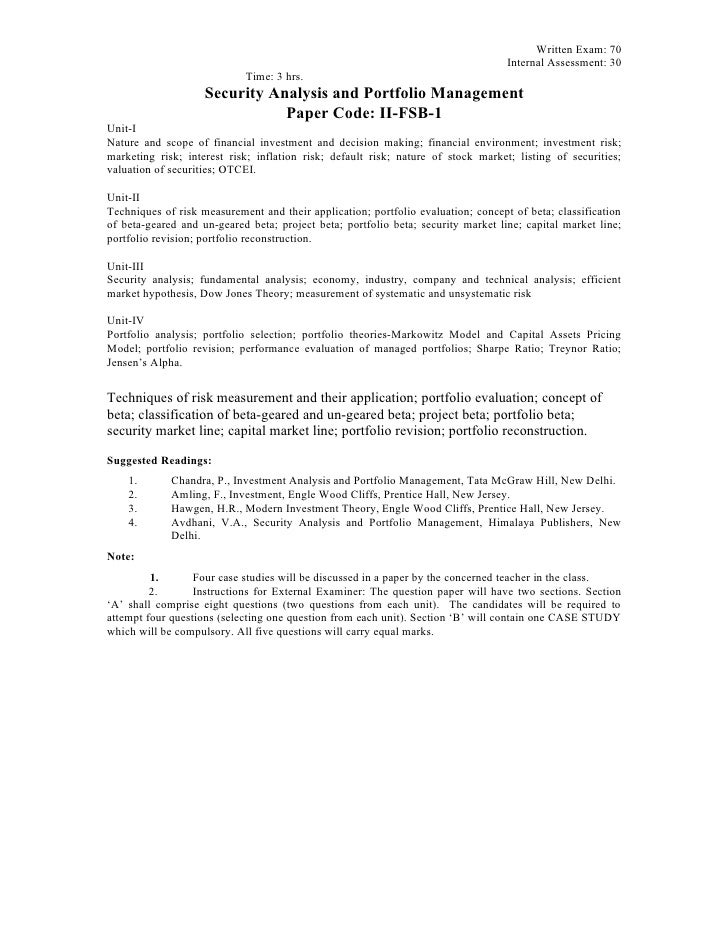Geared And Ungeared Beta

Geared and Ungeared Beta Example Altron Ltd, a large engineering and project management group, has announced plans to sell its wholly-owned telecommunications subsidiary, MTM Ltd, so that it can concentrate on its core business of major infrastructure developments. Jul 13, 2012 - Geared and ungeared betas. Firms must provide a return to compensate for the risk faced by investors, and even for a well-diversified investor, this systematic risk will have two causes: the risk resulting from its business activities. The finance risk caused by its level of gearing.
What is Unlevered Beta (Asset Beta)? Unlevered beta (a.k.a. Asset Beta) is the beta of a company without the impact of debt. It is also known as the volatility of returns for a company, without taking into account its Financial Leverage Financial leverage refers to the amount of borrowed money used to purchase an asset with the expectation that the income from the new asset will exceed the cost of borrowing. In most cases, the provider of the debt will put a limit on how much risk it is ready to take and indicate a limit on the extent of the leverage. It compares the risk of an unlevered company to the risk of the market. It is also commonly referred to as “asset beta” because the volatility of a company without any leverage is the result of only its assets. Equity Beta vs Asset Beta Levered beta (or “equity beta”) is a measurement that compares the Volatility Volatility (Vol) is a measure of the rate of fluctuations in the prices of a security over time.
It indicates the levels of the risk and uncertainty that of returns a company’s stock against those of the broader market. In other words, it’s a measure of risk and it includes the impact of a company’s capital structure and leverage. Equity beta allows investors to gauge how sensitive a Trading Securities Trading securities are securities that have been purchased by a company for the purposes of realizing a short-term profit. Companies do not intend to hold might be to macro-market risks. For example, a company with a beta of 1.5 has returns that are 150% as volatile as the market it’s being compared to. When you look up a company’s beta on Bloomberg the default number you see is levered, and it reflects the debt of that company. Since each company’s capital structure is different, an analyst will often want to look at how “risky” the assets of a company are, regardless of what percentage of debt or equity funding it has.
The higher a company’s debt or leverage, the more earnings from the company that is committed to servicing that debt. As a company adds more and more debt, the company’s uncertainty of future earnings is also increasing. This increases the risk associated with the company’s stock, but, it is not a result of the market or industry risk. Therefore, by removing the financial leverage (debt impact), the unlevered beta can capture the risk of only the company’s assets. How do you Calculate Unlevered Beta / Asset Beta?
To determine the risk of a company without debt, we need to un-lever the beta (i.e. Remove the debt impact). To do this, look up the beta for a group of comparable companies within the same industry, un-lever each one, take the median of the set, and then re-lever it based on your company’s capital structure. Finally, you can use this Levered Beta in the. For your reference, the formulas for un-levering and re-levering Beta are below: Excel Example – Converting Equity to Asset Beta Below is an example analysis of how to switch between Equity and Asset Beta.
Xbox 360 controller emulator. “Xbox 360 Controller Emulator” allows your controller ( gamepad, joystick, wheel, etc. ) to function as an Xbox 360 controller. For example, it lets you play games such as “Grand Theft Auto”, “Mafia” or “Saints Row” using a Logitech Steering Wheel.
Let’s analyze a few of the results to better illustrate how it works. Stock 1 has an equity beta of 1.21 and a net debt to equity ratio of 21%. After unlevering the stock, the beta drops down to 1.07, which makes sense because the debt was adding leverage to the stock returns. Stock 2 has no cash and no debt so the equity and asset betas are the same. This makes perfect sense since there is no capital structure impact on the returns.
Stock 3 has a net cash position (negative net debt), so when it is converted, the asset beta is actually higher than the equity beta. This also makes sense because the value of cash never changes, so the volatility in the stock (equity beta) is actually lowered by the effect of the net cash position. Download the Free Template Enter your name and email in the form below and download the free template now! * By submitting your email address, you consent to receive email messages (including discounts and newsletters) regarding Corporate Finance Institute and its products and services and other matters (including the products and services of Corporate Finance Institute’s affiliates and other organizations). You may withdraw your consent at any time.